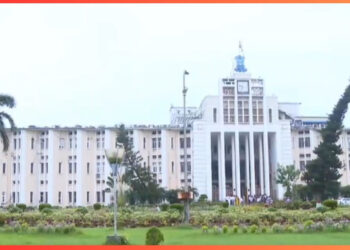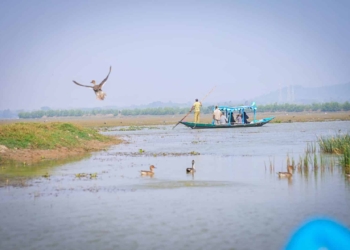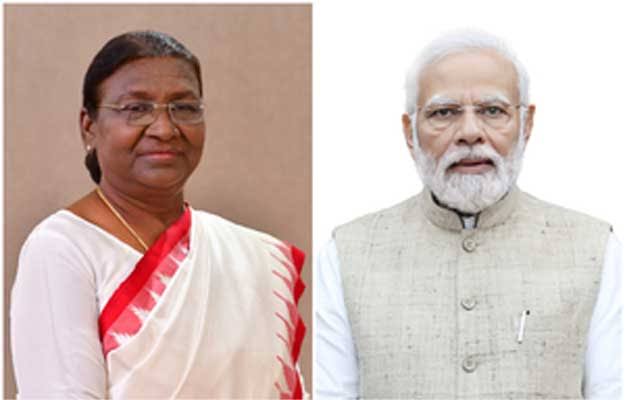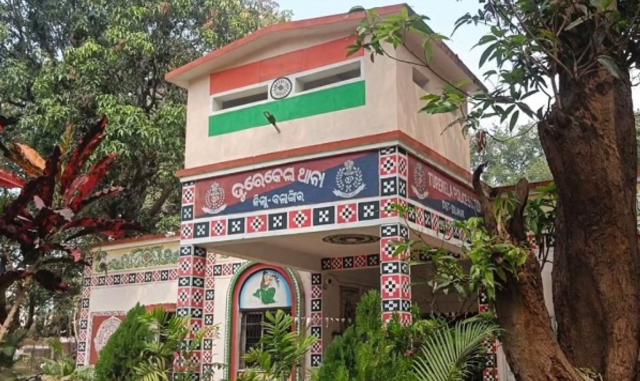Odisha is abuzz with joy and spiritual fervour as people across the state celebrate Pana Sankranti, marking the Odia New Year and the beginning of the solar month of Mesha.
Known for its deep cultural and religious significance, the day is observed with traditional rituals, community feasts, and a strong emphasis on charity and well-being.
Celebrated on April 14, Pana Sankranti is named after the traditional sweet drink Pana, made with ingredients like jaggery, water, curd, and fruits. It is not just consumed but also offered to deities and poured on Tulsi plants and over earthen pots hanging with holes, symbolizing blessings for a cooler and prosperous year ahead.
Across temples in Odisha, special pujas were held, especially at Maa Tarini Temple in Ghatagaon, Lingaraj Temple in Bhubaneswar, and Maa Samaleswari Temple in Sambalpur, drawing thousands of devotees. The festival also coincides with the worship of Lord Hanuman, whose birth anniversary is observed today as well.
In rural areas, the day is marked by folk celebrations, traditional games, and cultural performances. Children and elders alike participate in age-old rituals such as Basundhara theki, where water-filled pots hang from roofs, dripping slowly to symbolize life-giving rain and nature’s balance.
As is customary, people exchange greetings and take part in community kitchens (bhoga distribution), reinforcing Odisha’s ethos of unity and shared prosperity.
Pana Sankranti is not only a celebration of a new beginning but also a tribute to the Odia heritage, reflecting the state’s strong spiritual roots and harmonious traditions. With prayers for peace, good harvest, and well-being, Odisha steps into another year with renewed hope and joy.





























